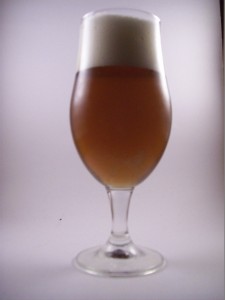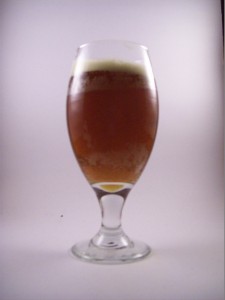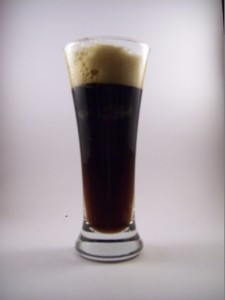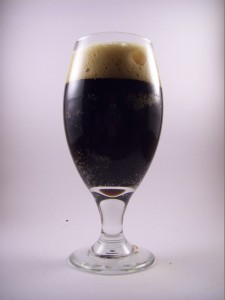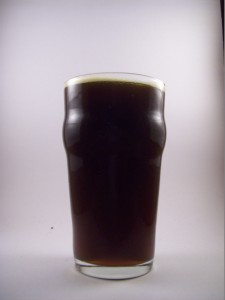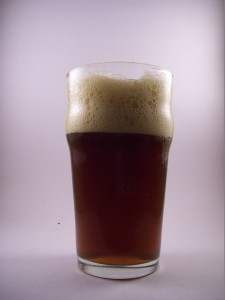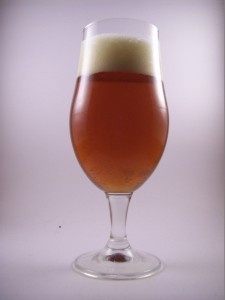It’s not as yellow as I expected, but on the other hand gold is a different color than yellow. In the right light I can see calling it golden. The head dissipates a bit too quickly for a fresh growler. It has a definite whiff of alcohol but otherwise tame aroma. The initial taste is mildly bready. Once past the tip of tongue, however, it explodes with caramel and toffee. The alcohol is definitely present but is not hot or harsh. The finish and aftertaste has a bit dryness and more traditional yeast notes. It’s radically different from what I was expecting but that definitely is not a complaint. The richness of the caramel and toffee is what I was not anticipating and those are my favorite aspects of the beer.
This may, of course, be the tripel. These beer’s labels were lost in an explosive fermentation tragedy. Going forward with assumed identities, this had an extremely simple recipe. The grain bill was a hair over nine pounds of Pilsner. And that’s it – no other malts. The monomalt mash sat for 90 minutes and then boiled for another 90 minutes. The hop addition, 2.50 ounces of Saaz, actually went in at the 90 minute mark. I don’t recall that early an addition happening very often. A hefty two and a half pounds was stirred in gradually towards the end of the boil. Appropriately, we used WLP570 Golden Ale yeast to ferment.
